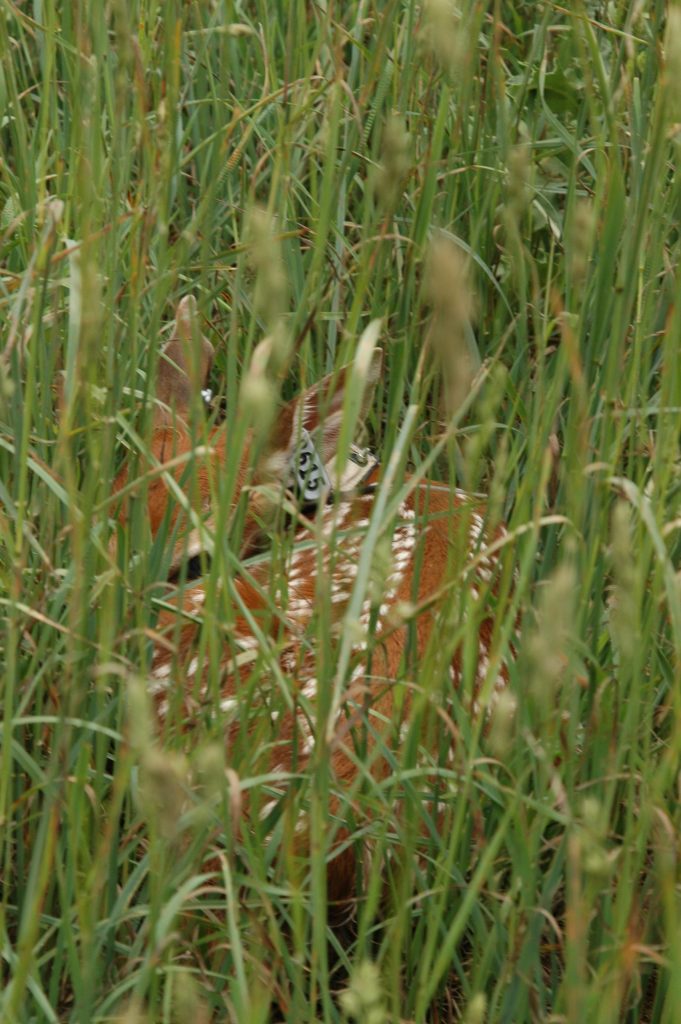The topic of fawn survival dominated this blog last summer. Two studies, a decade apart, with almost identical results. You can go back and read those posts for the details, but the short story is predators account for most fawn mortality.
This is just part of life as a deer and eating the occasional fawn is just part of life as a predator. Some see the demise of a fawn at the claws of a predator as a crime against humanity. The implication is that every fawn a predator kills is one less deer for a hunter to harvest. Coyotes bear the brunt of this disdain, but bears and bobcats eat fawns too.
What if bears and coyotes and bobcats weren’t around? What if, like George Bailey, we could see what the fawn world would be like without them? Would fawns then have a Wonderful Life?
It is impossible to turn back the clock. No fawn studies were done in the 1970s when there were limited populations of bears (fewer than 5,000 in PA) and coyotes (just expanding their range in PA).
Is there a guardian angel that could give us a glimpse of a fawn’s life without predators? Turns out Clarence in this story is called Delaware.
The big 3 (coyotes, bears, and bobcats) are functionally absent from the Delaware landscape. So does every fawn born in Delaware skip through summer and into the hunting season? That’s what Justin Dion, a graduate student at the University of Delaware, wondered too.
What was fawn survival without bears, coyotes, and bobcats? It was not 100%. It wasn’t 90%. It wasn’t even 70%. After following 109 fawns, overall 90-day fawn survival was 54% and not one of them was eaten by a coyote, bear, or bobcat.
Natural causes (emaciation, disease, drowning, trauma, etc) accounted for all observed mortality. Half of the mortality occurred in the first 7 days of life and 81% occurred in the first 30 days of life. The leading cause of mortality was emaciation (over half of these had milk in their stomach) followed by disease.
Does any of this sound familiar? Fawn survival in Pennsylvania to 63 days (or 9 weeks) was 55% in the northern study area and 76% in the southern study area. This time period accounted for 78% of mortality that occurred. Go figure.
Since predators weren’t to blame, this study looked at other factors that might influence fawn mortality. Of the variables considered, birth weight, doe maturity, and precipitation were shown to be the top predictors if a fawn was going to make it or not.
There is another not so heartwarming story of making a wish. I have always been an X-Files fan. In season 7 while investigating a case, Mulder finds a genie named Jenn. He gets 3 wishes. His first wish is for peace on earth. In order to achieve this, the entire human population vanishes except for Mulder. Voila – World Peace! This was, of course, not the intent of his wish.
The bottom line – Fawns die regardless of predators. And they die at amazingly similar rates whether predators are there or not.
A genie can’t change the hearts of 6 billion people and a predator-free environment can’t change fawn survival.
So be careful what you wish for.
If you would like to receive email alerts of new blog posts, subscribe here.
And Follow us on Twitter @WTDresearch
